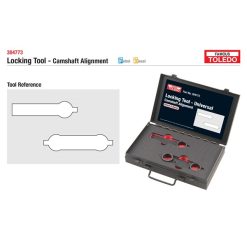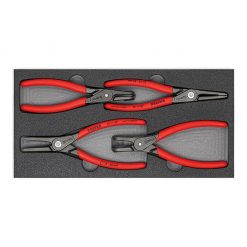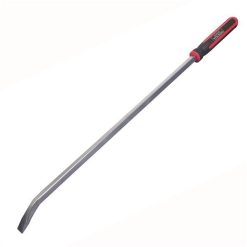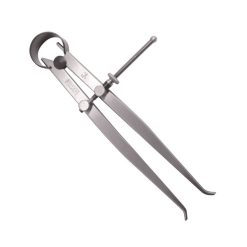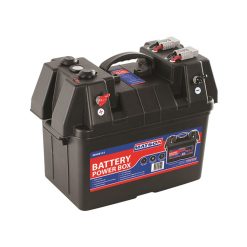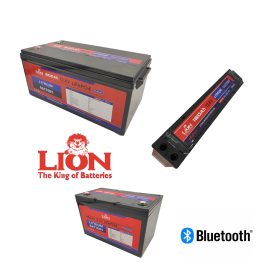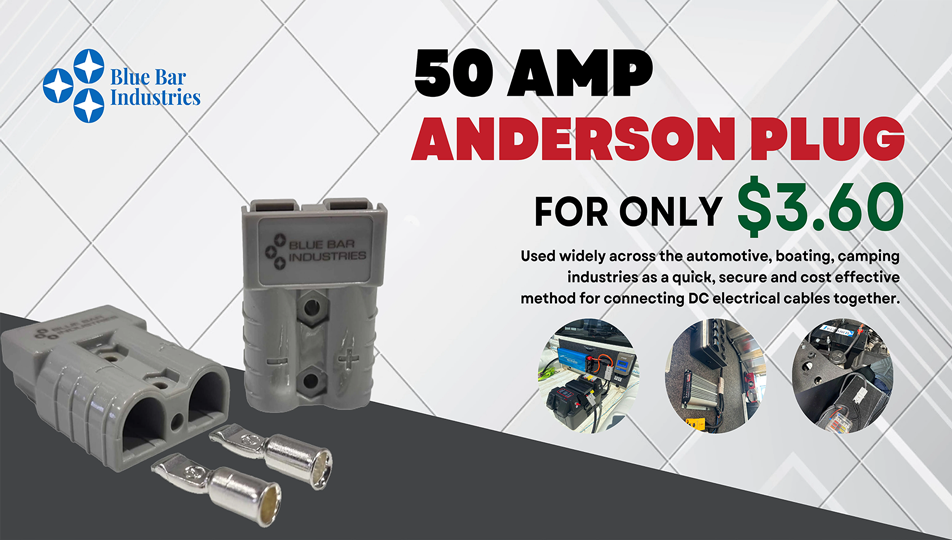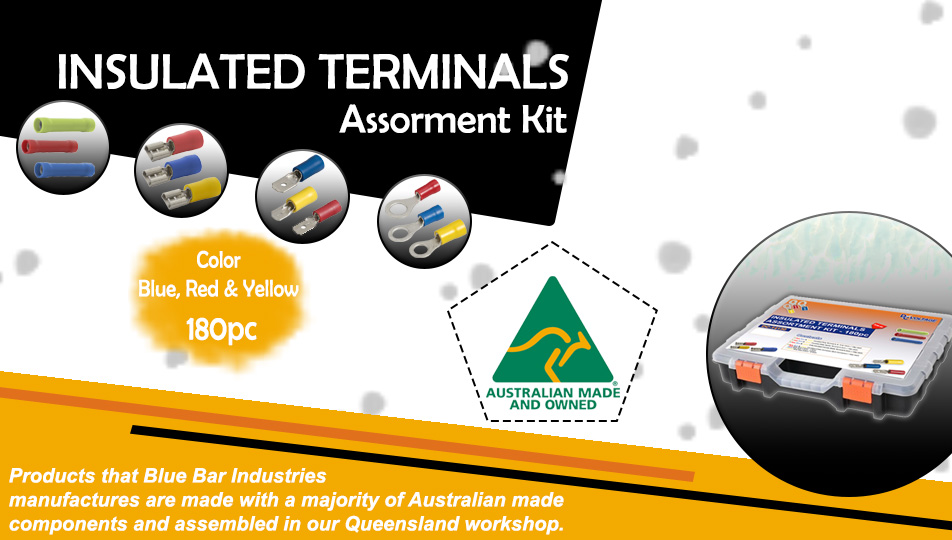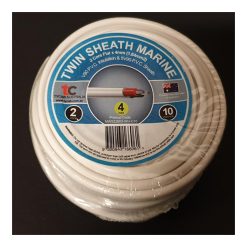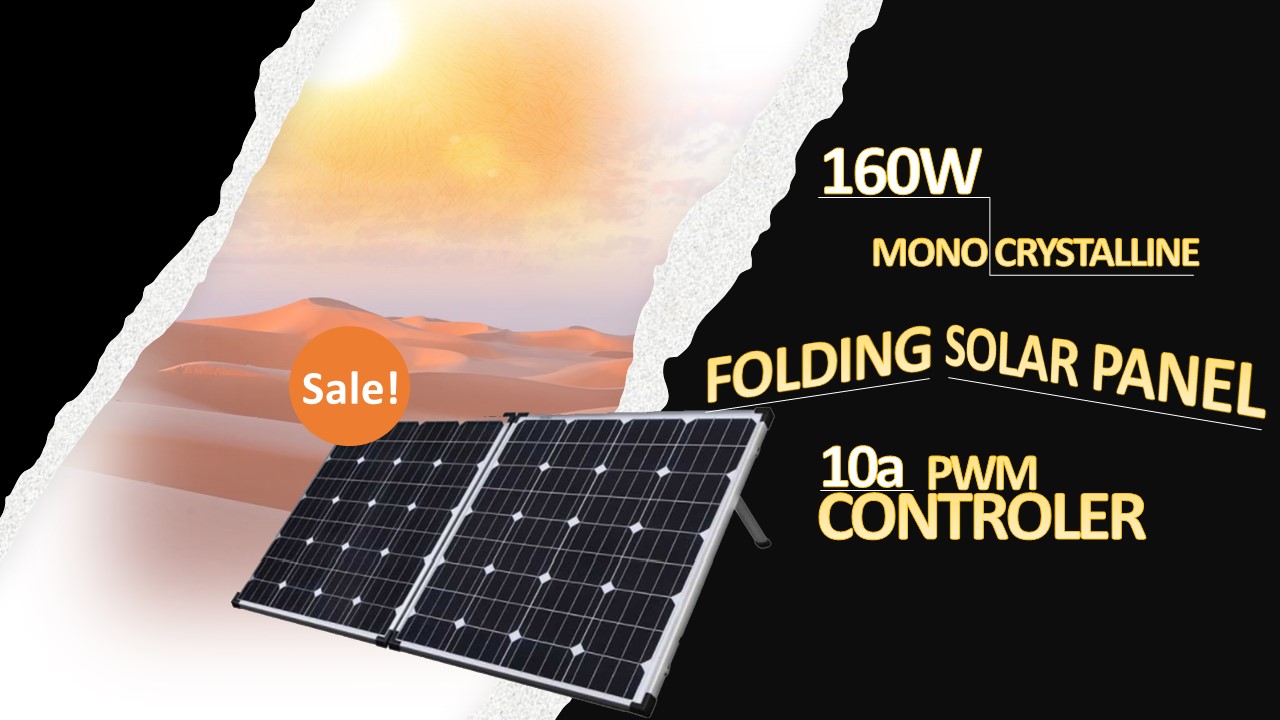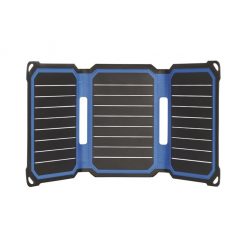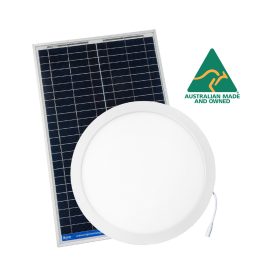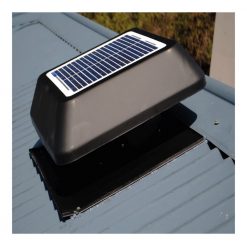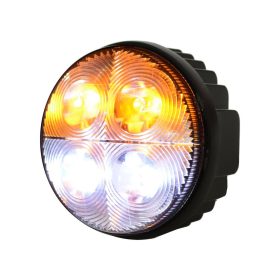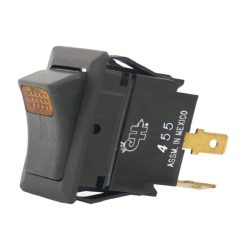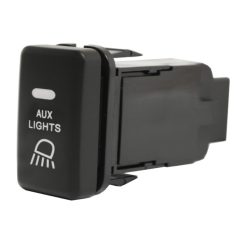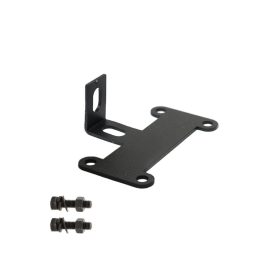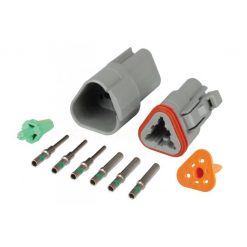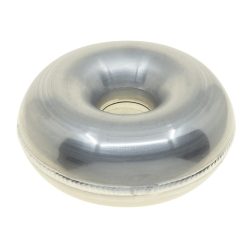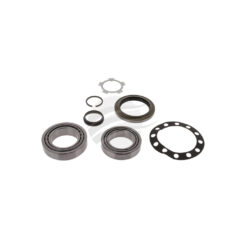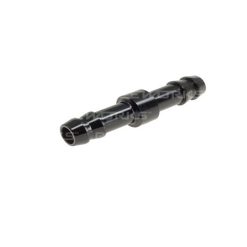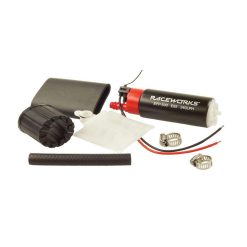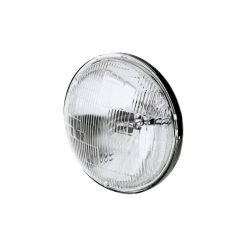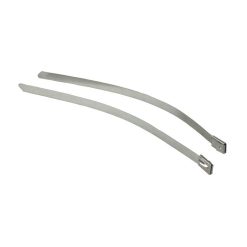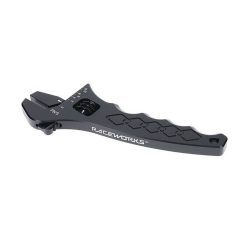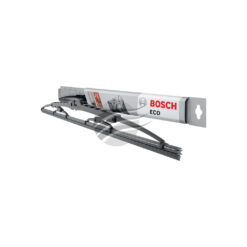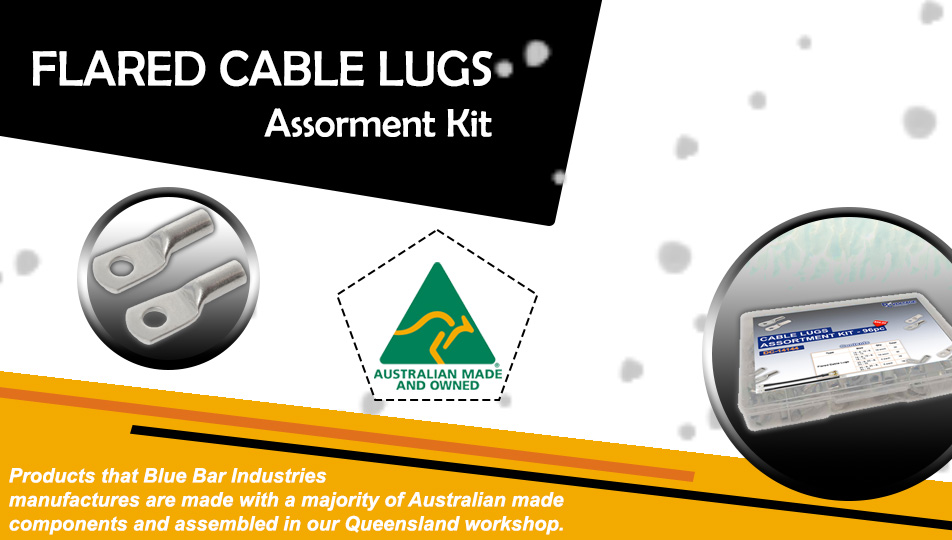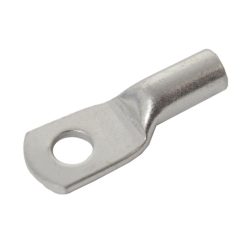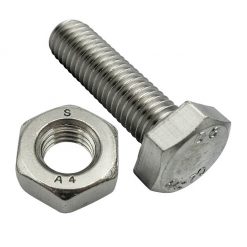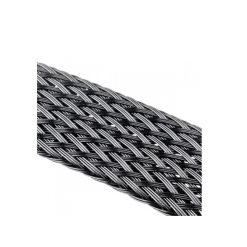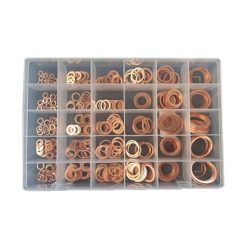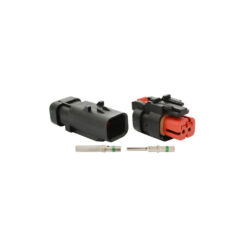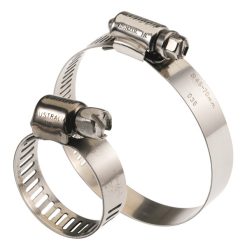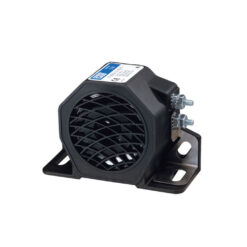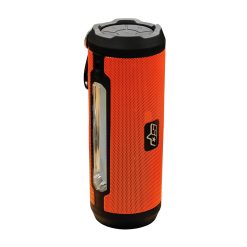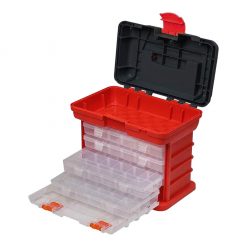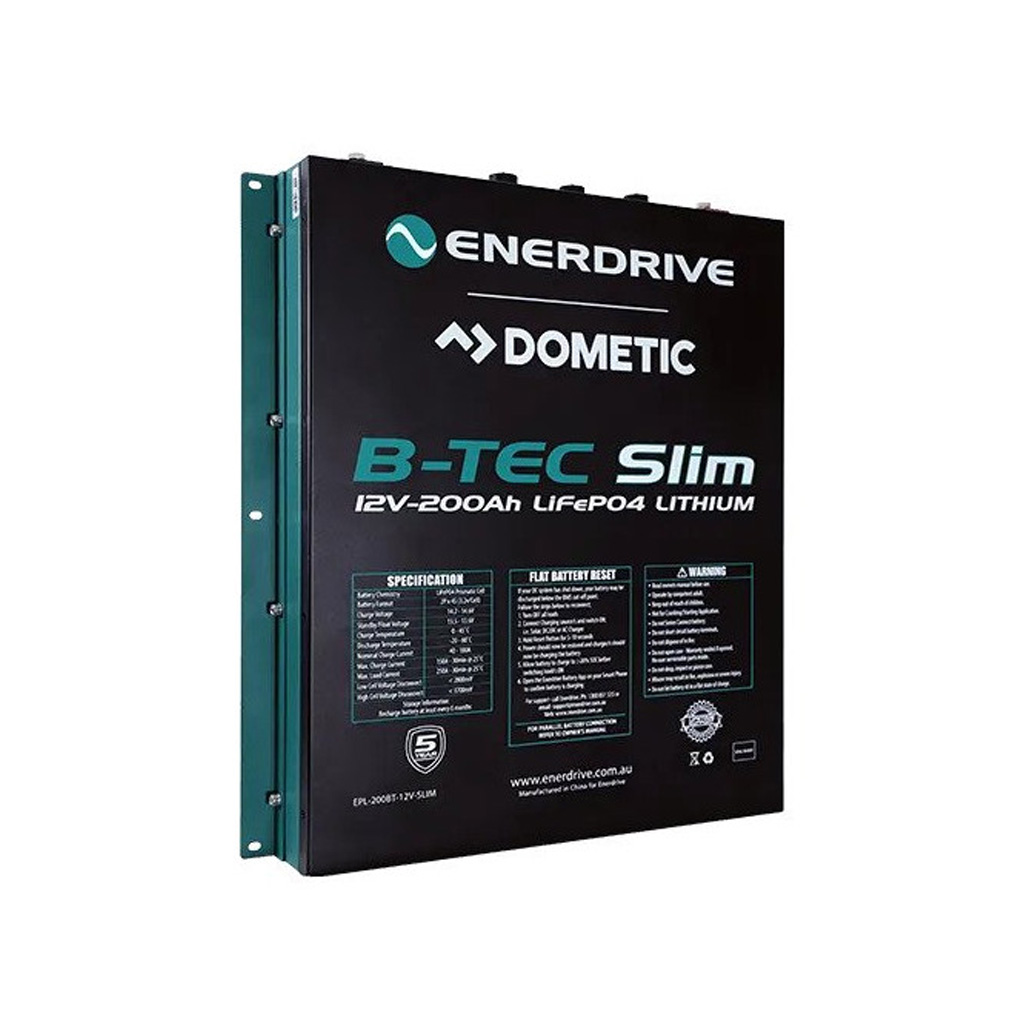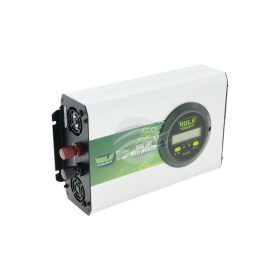General News
What Types of Roofs in Australia are Suitable for Installing Solar Roof Ventilators?
I. Introduction
Roofs play a crucial role in protecting our homes and ensuring a safe living environment. However, without proper ventilation, heat and moisture can accumulate in the roof space, leading to various issues such as condensation, mold growth, and increased energy consumption. it offers an eco-friendly and cost-effective solution to enhance roof ventilation. By harnessing solar energy, these devices extract stale and hot air from the roof cavity, promoting fresh airflow and reducing the load on air conditioning systems.
In this article, we will focus on identifying the suitable roof types for installing solar roof ventilators in Australia. By understanding the benefits and considerations associated with each roof type, homeowners can make informed decisions regarding ventilation improvements and energy efficiency.
II. Benefits of Solar Roof Ventilators
Before delving into the specific roof types, let’s first explore the benefits of these devices:
-
Energy Efficiency and Reduced Electricity Costs
They operate solely on renewable solar energy, significantly reducing the reliance on traditional electricity sources. By harnessing the sun’s power, these devices can ventilate the roof space without consuming any electricity from the grid. As a result, homeowners can experience substantial savings on their electricity bills and contribute to a greener and more sustainable environment.
-
Improved Indoor Air Quality and Comfort
By effectively extracting hot air and moisture from the roof space, they enhance indoor air quality and comfort. Stale air can contain pollutants and allergens, which can adversely affect the health of occupants. With proper ventilation, the risk of mold growth and condensation is minimized, leading to a healthier living environment.
-
Extended Lifespan of Roofing Materials
Excessive heat buildup in the roof space can cause damage to roofing materials over time. By installing them, the temperature within the roof cavity can be significantly reduced. This reduction in heat stress helps to preserve the integrity of roofing materials, extending their lifespan and reducing the need for premature repairs or replacements.
III. Factors to Consider for Solar Roof Ventilator Installation
Before selecting a solar roof ventilator and determining the suitable roof type, several factors need to be taken into consideration:
-
Climate and Weather Conditions
The climate and weather conditions in your specific location can impact your effectiveness and performance. Areas with high temperatures and intense sunlight may require more powerful ventilators to cope with the increased heat load. On the other hand, regions with higher humidity levels might benefit from ventilators with built-in moisture control features.
-
Roof Type and Structure
Different roof types have varying structures and characteristics that can affect the installation and effectiveness of solar roof ventilators. It’s important to consult with a professional to assess the compatibility between your roof type and the chosen ventilator model. Additionally, the pitch and surface area of the roof should be considered to ensure optimal ventilation coverage.
-
Orientation and Shading of the Roof
The orientation of your roof and its exposure to sunlight throughout the day will determine the amount of solar energy available for the ventilator’s operation. Shading from nearby structures or trees can impact the performance of solar panels, affecting the overall ventilation efficiency. It’s advisable to select a location with maximum sun exposure for optimal solar roof ventilator performance.
-
Roof Pitch and Surface Area
The pitch or slope of your roof affects the natural airflow within the roof space. Steeper roofs tend to have better ventilation as hot air rises and escapes more easily. Additionally, the surface area of the roof plays a role in determining the number of solar roof ventilators required for effective ventilation. A professional assessment can help determine the ideal number of ventilators based on your roof’s specifications.
IV. Suitable Roof Types
Australia features a wide range of roof types, each with its unique characteristics and considerations for solar roof ventilator installation. Let’s explore some of the most common roof types and their compatibility with it
V. Metal Roofs
Metal roofs are a popular choice in Australia due to their durability, longevity, and energy efficiency. They are well-suited for solar roof ventilator installation. Metal roofs often provide a smooth and secure base for mounting ventilators, ensuring proper airflow and ventilation. Compatibility with various ventilator models makes metal roofs a versatile option for homeowners seeking improved roof ventilation.
To install a solar roof ventilator on a metal roof, it’s essential to consider the sealing process to prevent water leakage. Professional installation is recommended to ensure a watertight seal and optimal performance.
VI. Concrete Tile Roofs
Concrete tile roofs are another common roofing option in Australia. These roofs provide excellent insulation and durability, making them suitable for solar roof ventilator installation. However, due to the structure of concrete tiles, specific ventilator designs may be required to ensure a secure and efficient installation.
Professional assistance is advised when installing these ventilators on concrete tile roofs to ensure proper alignment and sealing, minimizing any potential damage to the tiles.
VII. Terracotta Tile Roofs
Terracotta tile roofs are renowned for their aesthetic appeal and durability. They are also compatible with solar roof ventilators, allowing homeowners to enhance ventilation while maintaining the roof’s visual charm. Similar to concrete tile roofs, specific ventilator types and professional installation are recommended for optimal performance and longevity.
VIII. Colorbond Roofs
Colorbond roofs have gained popularity in Australia for their versatility, wide range of colors, and corrosion resistance. These roofs are suitable for solar roof ventilator installation and offer flexibility in matching the ventilator design with the roof’s color and style. Professional installation ensures seamless integration of the ventilator, maintaining the roof’s integrity and visual appeal.
IX. Other Roof Types
While metal, concrete tile, terracotta tile, and Colorbond roofs are commonly found in Australia, it’s important to note that they can also be installed on other roof types. However, the compatibility and installation process may vary. Consultation with a professional is crucial to ensure the selected ventilator is suitable for your specific roof type.
X. Conclusion
In conclusion, proper ventilation is crucial for maintaining a healthy and comfortable living environment. They offer an effective and energy-efficient solution to enhance roof ventilation in Australia. Metal roofs, concrete tile roofs, terracotta tile roofs, and Colorbond roofs are among the suitable roof types for installing them. However, it’s essential to consider factors such as climate, roof structure, orientation, and pitch when selecting the appropriate ventilator and installation process.




